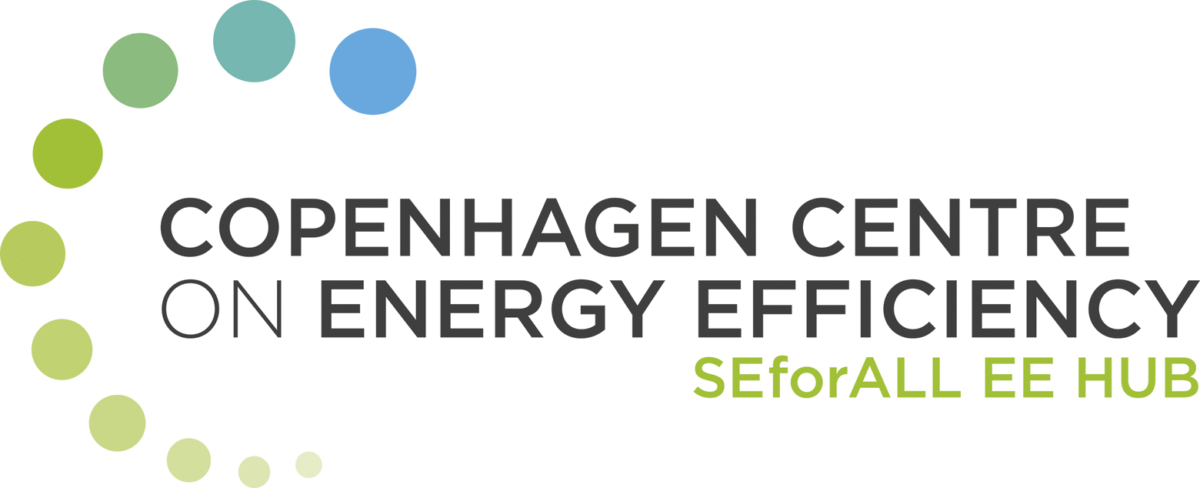The study reaffirms that deep retrofitting to high energy efficiency classes is economically more beneficial than “shallow” renovation. It goes further by supporting the concept of “step-by-step” renovation, leading ultimately to a class A or nearly Zero-Energy Building. Such a phased implementation would prevent the “lock-in” effect of shallow renovations, which might deliver “quick wins” in terms of energy saving, but ultimately hamper the achievement of the full potential for economic, social and environmental benefits.
Several scenarios to 2030 were modelled, from which the writers conclude that reducing subsidies to around 75% is possible now. By strengthening further support measures, subsidies could ultimately be reduced to around 25%. In doing so, funding could reach many more citizens, improving their homes and increasing their quality of life.
In order to facilitate increased financial contributions from homeowners, simple and attractive financing mechanisms and incentives – appropriate to the needs of residents – need to be developed. These should be accompanied by other non-financial measures such as awareness-raising campaigns, building capacity throughout the supply chain and developing standardised solutions to bring costs down. Simplified procedures and measures to help homeowners through the application process will also reduce barriers and costs.
This study was carried out by an international team of organisations. The overall coordination was carried out by BPIE and the Center for Energy Efficiency EnEffect – Sofia with the support of the European Climate Foundation, in close cooperation with Technische Universität Wien (TU Wien) and “Za Zemiata” – Sofia.
Share this
Sectors: Buildings, Finance
Country / Region: Bulgaria, Europe
Tags: building types, citizens, climate friendly government subsidies, economic cost, energy, energy efficiency, energy savings, environmental benefits, implementation, incentives, quality of life, specific financing mechanisms, subsidies, supply chainsKnowledge Object: Publication / Report
Published by: BPIE
Publishing year: 2016
Author: BPIE
